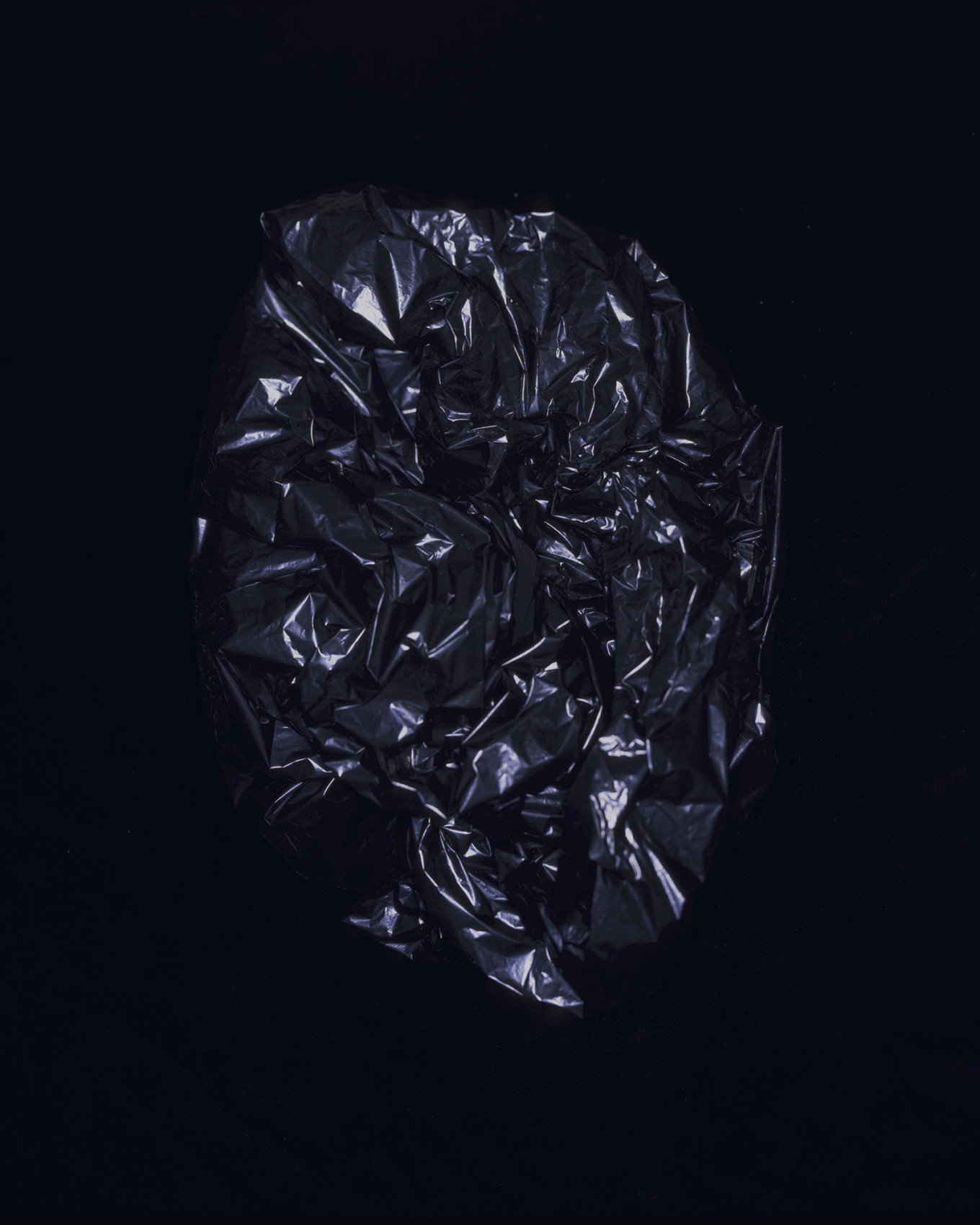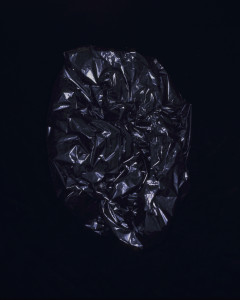Catalogue essay for Will Nolan 2011
“…we say to every moment ‘verweile doch, du bist du schön’” (stay, you are so beautiful). [i]
Will Nolan’s photographic images are slippery things. Initially they seem so innocently transparent, so easy to get along with, their pop bright colours and familiar forms calling out immediate sensuous responses and affording pleasure. But these are shifting things that seem to move in time and space and utilise formal techniques with a gentle rigour to create their poignant beauty and elusiveness.
Here time and beauty are intimately and inextricably intertwined and while beauty is always present, for these are in the truest sense lovely things, it is at the same time a deliberate strategy that creates other more profound effects and meanings.
Time’s markings flow through these images; the occluded traces of graffiti on a vividly coloured wall, the battered and crushed but luminous plastic bottle tops, the liquiscent sweetness of a melting ice block. Yet these things are not simply or superficially marked by time but actively constructed in and through time’s unavoidable transformation. A melted ice block is an ice block no longer. The movement of a shimmering black plastic bag through its endlessly subtle permutations and the landscapes made of shadows and angles are essentially temporal constructions.
Photography’s inherent pastness (that we ask us to show us what is and it can only show us what was) intrigues Nolan and the tension between its capacity to recuperate the lost, capture the disregarded and simultaneously consign it to the past is the nexus around which these images and Nolan’s work revolves.
For photography brings these things, these ignored, disregarded objects into sight and knowledge and yet the atomistic time of the camera, that it shears one moment away from the previous and the next removes that moment from time’s flow and almost out of knowledge.
We neither experience time as atomised and we do not come to know in a moment but in time, from one moment to the next in the continuous interplay and infiltration between present, past and future in our consciousness. The idea of time as variable, as lived duration is the core of philosopher Henri Bergson’s work and he writes; ‘the duration lived by our consciousness is a duration with it’s own determined rhythm, a duration very different from the (clock) time of the physicist’. In is in this elastic durational time of our consciousness and in times inevitable flow that we come to knowledge.
This seems like difficult theoretical territory yet Nolan’s work traverses this ground very delicately. Deftly, his images undo the atomised time and fixity of the still image bringing the viewer into an expanded durational time to be entranced, to wonder and to dwell with the most beautiful things in and of time itself.
Hooking into our knowledge of each objects past and future, what they were and what they’ll become, every image of walls, bottle tops, iceblocks, landscapes and garbage bags is accompanied, haunted by its own ghosts. Time is reactivated and ‘thickened’ as every moment is connected to every other moment and is co present in a fattened[ii] moment of time that expands to hold past, present and future simultaneously.
In series, these repeated yet different forms and as the eye searches for patterns, each repetition creates a connection to the previous and anticipation of the next, every variation a visual counterpoint to this. In this movement, visual and spatial rhythms of image and space, absence and presence, action and rest emerge.
In these rhythmic patternings, the images begin to shift and move and to merge into a temporal flow. With the eye free to roam back and forth, past, present and future are connected each to the other in a branching, a rhizomatic[iii] time that extends in every direction expanding atomised time beyond the single frame into the elastic time of lived experience where we come to see and know.
In this dually present time, branching and fattened, time is recuperated as an active force and moves again through these images. In durational time these image objects reassert their presence in a present where we are connected to the past through memory and the future through anticipation and desire and connected to our seeing and knowing selves.
“you want to see the most beautiful thing?” [iv]
While Nolan’s work operates in sophisticated ways, formal attributes and tactics are always in the service of the beauty that distinguishes and impels his image making.
Framing shabby walls into formally elegant compositions of colour on the edge of abstraction, hovering these humble objects above pristine white or deep black, it is their beauty that we respond to sensuously and that pull us into them.
Carefully collected, vastly over scale and lovingly photographed as portraits these images commend us to look with the same attention and curiosity as we would a human face. Their proliferating detail, the tracery of folds and metallic reflections in the garbage bag, the glyph like markings on the bottle tops, the melting colours of the ice blocks and the deep mystery of angled shadows draw us into and hold us in this time of prolonged contemplation.
Beauty takes us as wonder and in wonder we give these things a heightened attention. The image resonates, lives in time and connected to past, present and future through beauty, wonder and time’s reactivation, possibilities abound as other ways of seeing and knowing are revealed.
In perhaps the most affecting moment of American Beauty, Ricky asks Janey, “do you want to see the most beautiful thing?” This most beautiful thing is his video of a plastic shopping bag arcing and dancing through space and caught in time. Hypnotic and achingly beautiful, the bag becomes a coda for the waste of the characters lives, for the beauty, meaning and richness that they simply do not see and suggests that this heightened awareness, this revelatory ‘seeing’ is available through the camera’s gaze.
In the same way, Nolan uses the camera to recover these lost objects, to bring them back into our sight and knowledge. For these are deliberate acts of seeing born of a compassionate desire to care for all the world’s unrecovered beauty. He brings them before us and asks us to really see these things, to look with a sustained attentiveness in the revelation of their beauty and recognise their presence in the world.
“Don’t turn away, keep looking at the bandaged place, that is how the light enters you…” [v]
Beauty too alerts us to the heightened sensitivity in Nolan’s’ images, a sense of incompleteness, an unhealed wound, covered over but always present that suffuses the work with loss and longing.
Titles are a clue to this; To Be of Use, You’re Not Worth a Thing, Trace Elements, Everything is Melting intimate this pervasive sense of loss and the tenuousness of existence. As if everything teeters on the edge of disappearance and dissolution. Lost, recovered and lost again.
His work is founded in a deep care and regard for the craft of image making, for these objects so gently presented to us and through them for the variety, multiplicity and richness of the world. It is the image’s capture with a 4×5 camera that gives us the rich detail that holds the viewer enthralled and it is his care for the discarded and ignored that calls out our own compassion.
These things, lost and found, matter because everything matters. These acts of recovery, of recognition and time’s recuperation through image making matter because attention must be paid to the small as well as to the great.
In an archaic usage, to compassionate means to suffer with, to feel with another. Not to feel for but to experience their feeling and it is this that that these works ask of us.
For it is through this expanded attentiveness and willingness to see, to recognise, to compassionate, to be in and of the world with its griefs, its precarious, infinite, precious beauty that we move towards completeness.
It is beauty that punctures us and compassion that expands our selves into the world. Witness, collector and care-taker, Nolan brings the unregarded beauty of the world to us to enable us to see.
Jemima Kemp, 2011
[ii] This apt description of the expanded time moment is borrowed from film critic Jacqueline Furby’s ‘Rhizomatic Time and Temporal Politics in American Beauty’, Film Studies, Winter 2006.
[iii] Ibid
[iv] American Beauty (film)
[v] Rumi
[1] Will Nolan, from the series To Be of Use, courtesy of the artist
[2] Will Nolan, You’re Not Worth a Thing, 80x 100cm, courtesy of the artist


 [1]
[1] [2]
[2]
Comments (0)